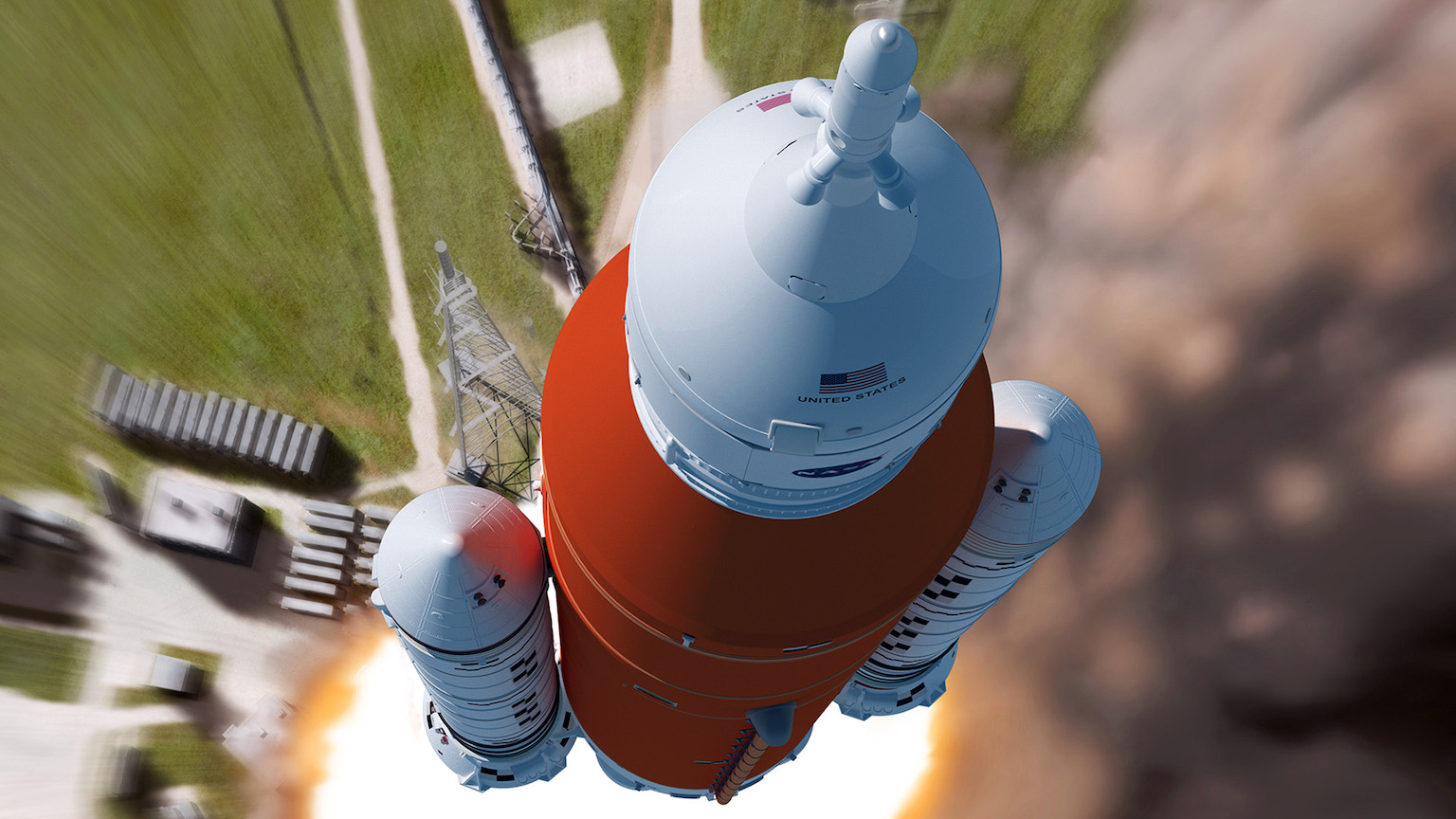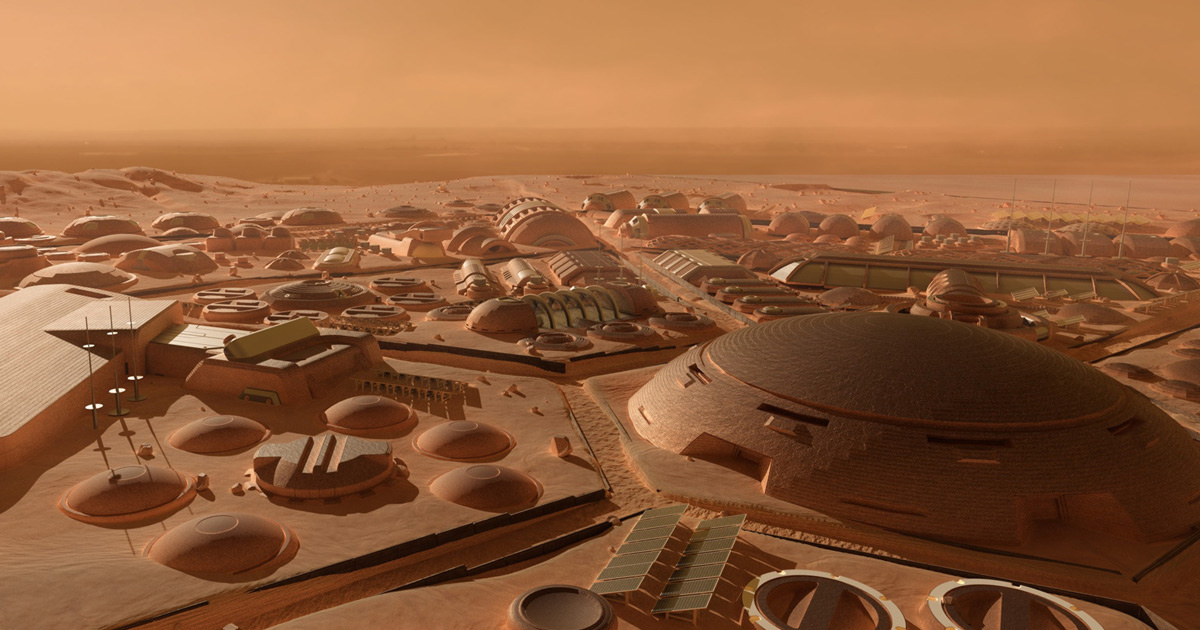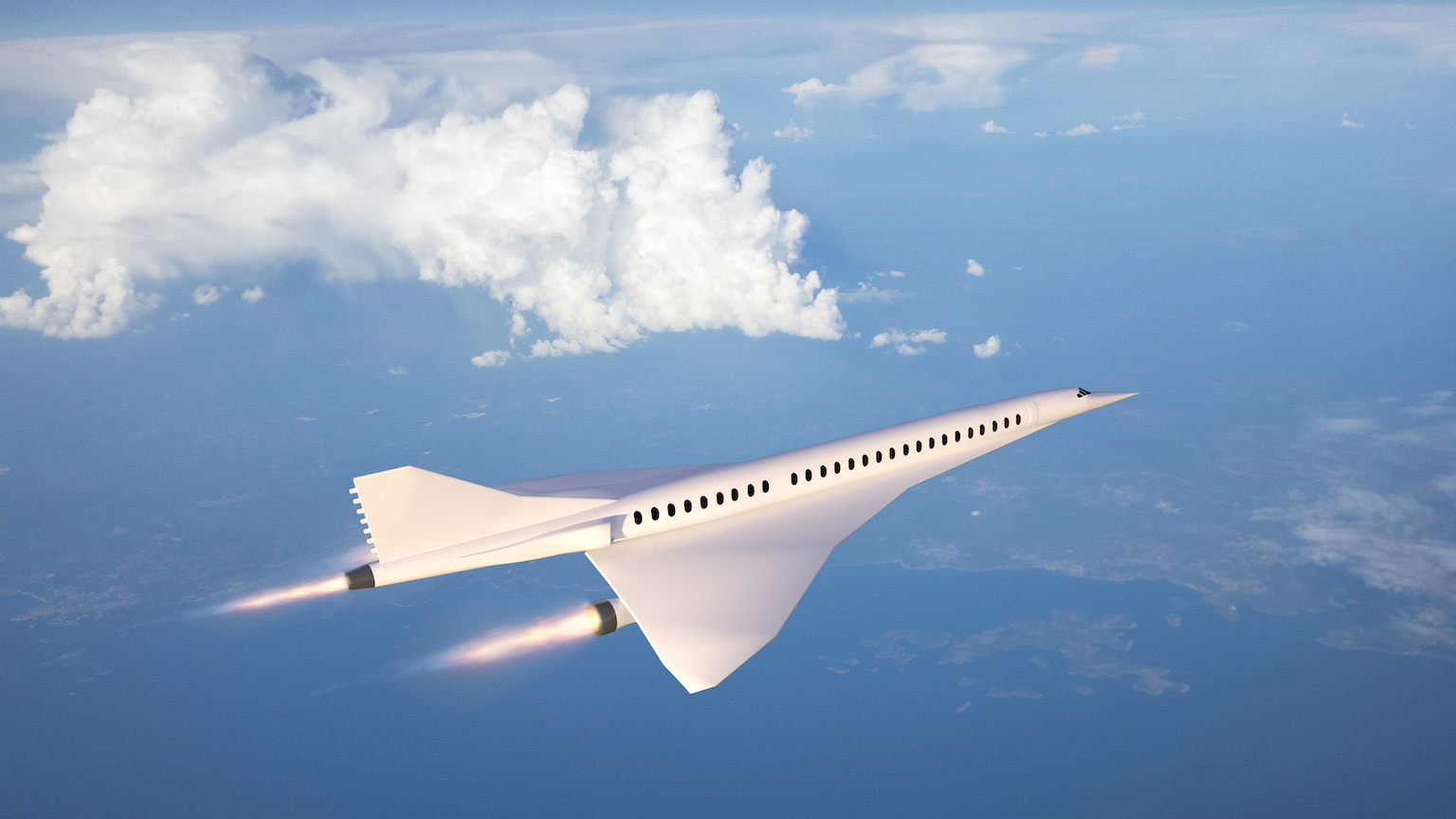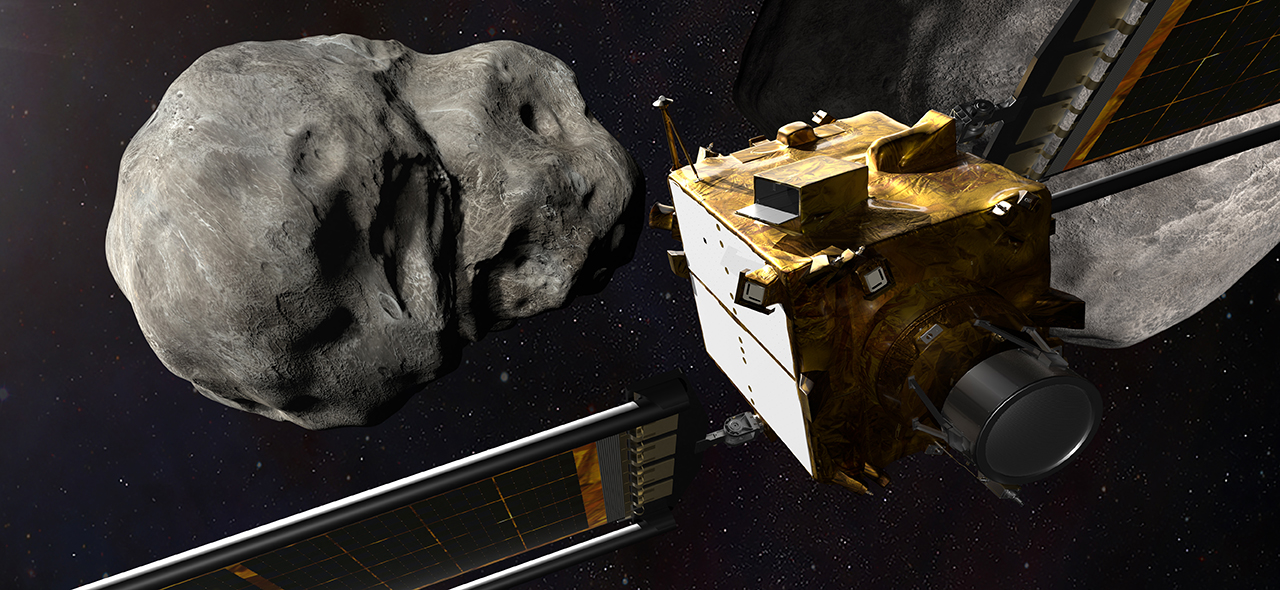The most anticipated space missions of 2022

- 2022 will be a great year for space enthusiasts.
This article was originally published on our sister site, Freethink.
2021 was a huge year for the space industry: NASA flew a helicopter on Mars for the first time, China launched a new space station, and Star Trek’s own Captain Kirk (actor William Shatner) boldly went where no 90-year-old had gone before.
But the next 12 months will be arguably even more exciting, with bigger rocket launches, more space tourists, and a daring asteroid collision (don’t worry — it’s on purpose).
These are the space missions you won’t want to miss in 2022.
Go big or go home
2022 is poised to be a big year for big rockets — or, if you want to get all technical, “super heavy-lift launch vehicles” (SHLLVs).
A spacecraft must be able to lift at least 50 tons of payload into low-Earth orbit to qualify as a SHLLV, and only two have ever actually hit that milestone: NASA’s Saturn V, which carried humans to the moon, and the Soviet’s Energia. (The SpaceX Falcon Heavy is built to carry that much, but hasn’t done so yet.)
Neither the Saturn V or Energia rockets are operational anymore, but two new SHLLVs are expected to reach orbit in 2022: SpaceX’s Starship and NASA’s Space Launch System (SLS).
Starship’s flight will bring SpaceX a huge step closer to sending people to Mars.
Prototypes of Starship’s upper stage have already flown several miles above Earth, but SpaceX plans to send a full version of the spacecraft (with an upper and lower stage) on a short orbital flight within the first three months of 2022.
About a dozen more orbital test flights are expected to follow in 2022. If all goes well with those, SpaceX will begin operational missions in 2023, including a private trip around the moon. It’ll also be a major step closer to its ultimate goal of sending a crewed Starship to Mars.
NASA expects SLS to play a huge role in human space exploration, ferrying astronauts to the moon and possibly Mars, but getting it off the ground hasn’t been easy — the first uncrewed flight was scheduled for 2016, but multiple delays have pushed it back to February 2022.
If that launch happens, the rocket will send an uncrewed Orion capsule on a three-week journey beyond the moon and then back to Earth. A crewed lunar flyby would then follow in 2024, with a crewed lunar touchdown (assisted by a SpaceX landing system) set for 2025.
Moon or bust
Orion is just one of several spacecraft expected to rendezvous with the moon in 2022.
NASA plans to send an ice-mining lander to its South Pole this year, and Japan is scheduled to send a ball-shaped rover to explore the moon’s surface — if that latter mission is successful, it’ll mark the first time a private Japanese company has landed on the moon.
South Korea and Russia expect to launch their first lunar missions — the Korean Pathfinder Lunar Orbiter and the Luna-Glob-Lander, respectively — in 2022, and India has tentative plans to try landing its first craft on the moon this year (a 2019 attempt ended in failure).
Going deeper
There’s more to space than just the moon, though, and in May 2022, ESA plans to launch a mission to Jupiter. Dubbed the “JUpiter ICy moons Explorer” (JUICE), the probe should reach its destination in 2029 and then spend three years studying the planet and three of its moons.
ESA is also teaming up with Roscosmos on a mission to Mars, launching its second ExoMars spacecraft in September 2022. (The first ExoMars orbiter recently discovered a huge cache of water on Mars near the equator.) The second mission should arrive at the Red Planet in 2023, at which point a Russian lander will deliver an ESA rover to the Martian surface to hunt for signs of life.
NASA’s Double Asteroid Redirection Test (DART) is already in space, having launched in November 2021, but it’s expected to reach its destination — the Didymos asteroid system — in September 2022.
At that point, we’ll find out whether slamming into an asteroid can effectively change its trajectory — information that might help us prevent a threatening space rock from impacting Earth one day.
A ticket to space
SpaceX, Blue Origin, and Virgin Galactic each launched their first all-civilian missions to space in 2021, but 2022 is poised to be the year space tourism really starts to hit its stride.
Blue Origin already has several flights planned for 2022, and Virgin Galactic expects to resume commercial flights near the end of the year (its spacecraft is currently undergoing an “enhancement” process).
SpaceX and Axiom Space will deliver three private citizens (and one former NASA astronaut) to the International Space Station (ISS) in February 2022 for a 10-day vacation/science mission, and NASA has already approved a second private mission to the ISS, which could launch in the fall.
2022 is poised to be the year space tourism really starts to hit its stride.
In addition to space tourists, the ISS might also welcome Boeing’s Starliner in 2022. Finally.
That spacecraft has been in development for more than a decade as part of NASA’s Commercial Crew Program, which was established to get the agency’s astronauts to the ISS without the help of Russia.
The other spacecraft in the program (SpaceX’s Crew Dragon) has been operational since 2020, but Starliner has been delayed again and again. An uncrewed Starliner is now scheduled to fly to the ISS in May, and if it’s successful, a crewed test might happen before the end of the year.





